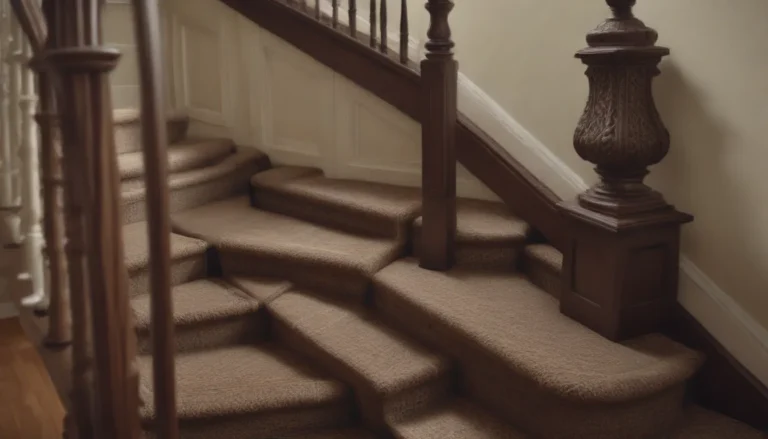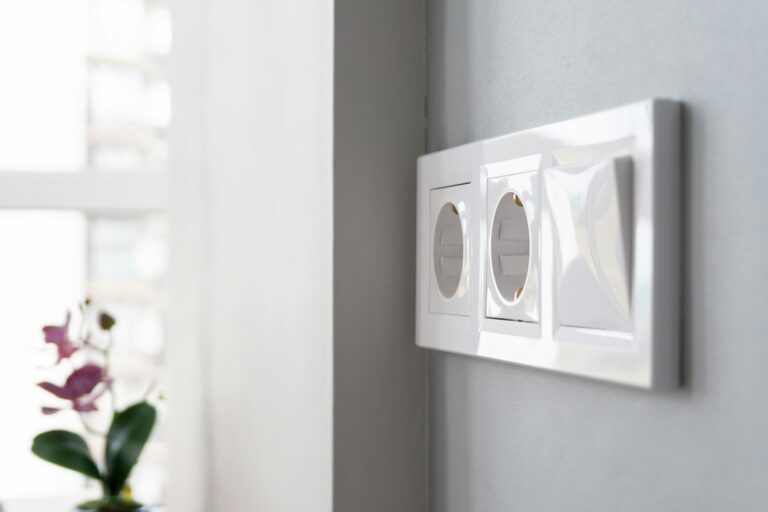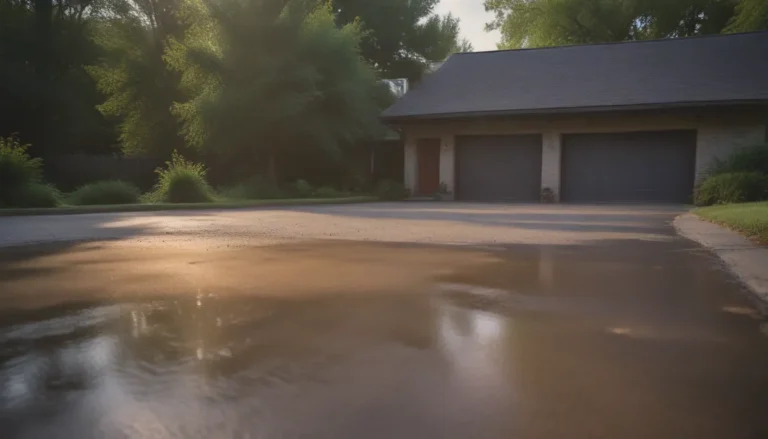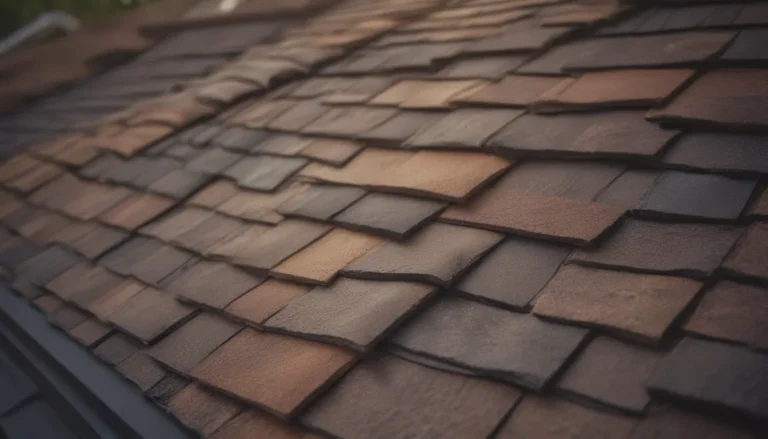Understanding Your House Drain System: A Comprehensive Guide
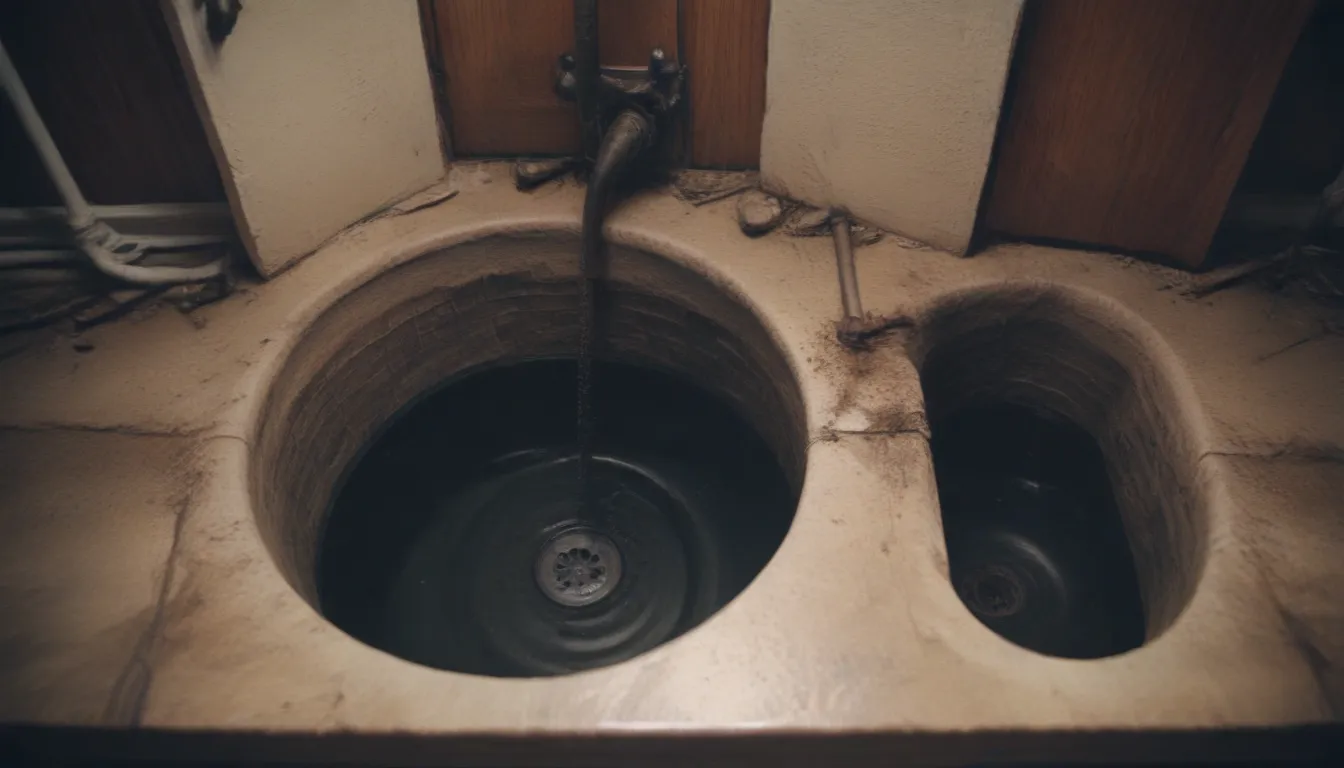
Have you ever found yourself in a situation where a drain in your home gets clogged and you have no idea where to start troubleshooting? It’s a common problem that many homeowners face at some point. That’s why it’s essential to have a good understanding of your house drain system so that you can quickly identify and locate the various parts when needed.
In this guide, we’ll take you through the different components of a house drain system, from the fixture drains to the municipal sewer main. By familiarizing yourself with these parts now, you’ll be better prepared to handle any future drain issues that may arise.
Fixture Drain
Let’s start with the fixture drain, which is the upper, visible section of a tub, shower, or sink drain. This is where the drainage pathway begins, starting from the fixture and extending to the sewer lines or septic field. While the fixture drain is the most apparent component, drain problems often originate downstream from the fixture drain openings.
One common issue that can occur at the fixture drain is a clog caused by hair accumulating in a pop-up stopper in a bathroom sink or bathtub. Aside from that, problems at the fixture drain are relatively rare compared to clogs that occur further down the drain system.
Drain-Waste-Vent (DWV)
The Drain-Waste-Vent or DWV system is designed not only to drain wastewater and solid wastes to the municipal sewer or septic field but also to provide ventilation for the plumbing system. The vent component of the DWV system allows fresh air into the drain system, preventing the buildup of sewer gases.
Drain Trap or P-Trap
Below the fixture drain, you’ll find the drain trap or P-trap, a curved segment of pipe directly beneath the plumbing fixture. Its primary function is to hold standing water, creating a seal that prevents sewer gases from entering your home. If you ever notice a faint sewer gas odor, it’s likely due to the standing water in the drain traps evaporating. Running water at every source in your home can help refill the drain traps and eliminate the odor.
Toilet Trap
Similar to a sink or bathtub drain trap, a toilet trap is a curved drain designed to prevent sewer gases from entering the bathroom. Every toilet has its own built-in trap, which serves the same purpose as other drain traps in the house.
Clothes Washer Standpipe
The clothes washer standpipe is a vertical pipe that assists with draining water from the washing machine during its cycles. The standpipe leads down to a curved drain trap, which then connects to the branch drain and main drain line.
Branch Drain Line
A branch drain line is a nearly horizontal pipe that connects the fixture drain traps to the main drain line. These pipes are usually concealed behind finished walls and ceilings, but they play a crucial role in directing wastewater to the main drain.
Soil Pipe
Soil pipes are vertical pipes within a plumbing system that move soil or sewage down to the sewer line. As branch drains empty into soil pipes, they transport sewage to the larger sewer lines outside the home.
Soil Stack Vent
The soil stack vent is a long vertical pipe that extends above the roofline to remove foul vapors and gases from the plumbing system. Vent pipes play a crucial role in maintaining equal air pressure throughout the drain system, preventing suction from pulling water out of drain traps.
Sewer Line Clean-Out
In case of emergencies or regular maintenance, the sewer line clean-out provides access to the main sewer line for cleaning purposes. Keeping the clean-out operable is essential, as it allows for easy removal of clogs in the main drain.
Main Drain Line
The main drain line is a large buried pipe that carries all of the house’s sewage to the municipal sewer line. Usually running horizontally, the main drain pipe is typically made of ABS or PVC plastic, clay, or cast iron, and is rarely visible since it’s located under the home’s foundation.
Municipal Sewer Main
At the end of your house’s drainage system is the municipal sewer main, which connects your home’s main drain line to the public sewer system. You have no control over the municipal sewer main, as it is owned and maintained by the local government or wastewater district.
By understanding the various components of your house drain system, you’ll be better equipped to identify and address any drain issues that may arise. Whether it’s a clogged sink, bathtub, or toilet, knowing how your drainage system works can save you time, money, and headaches in the long run. So, take the time to familiarize yourself with your house drain system today—it’s a decision you won’t regret!
References:
– Centers for Disease Control Sewer Division
– City of St. Clair Shores, Michigan
Remember, a little knowledge about your house drain system can go a long way in maintaining a healthy and functional plumbing system in your home. So, don’t wait until a drain emergency strikes—take the time to educate yourself today!
